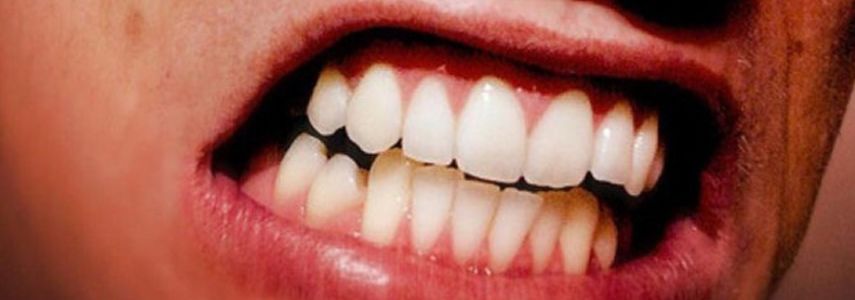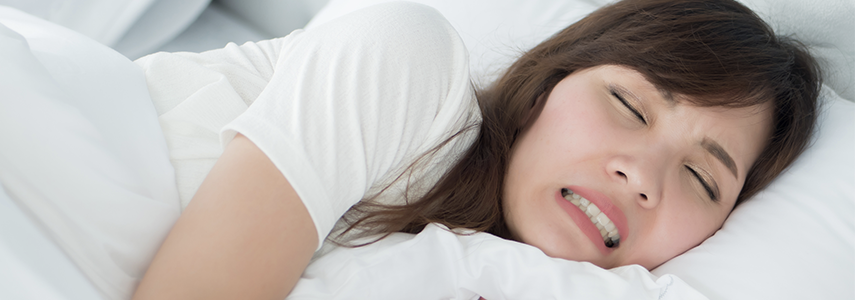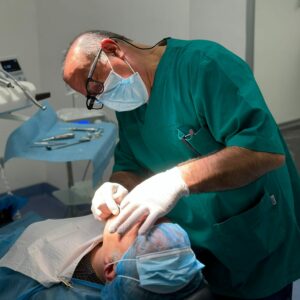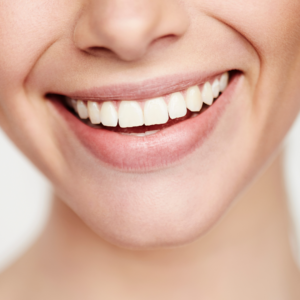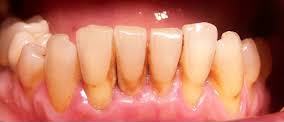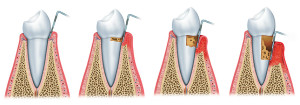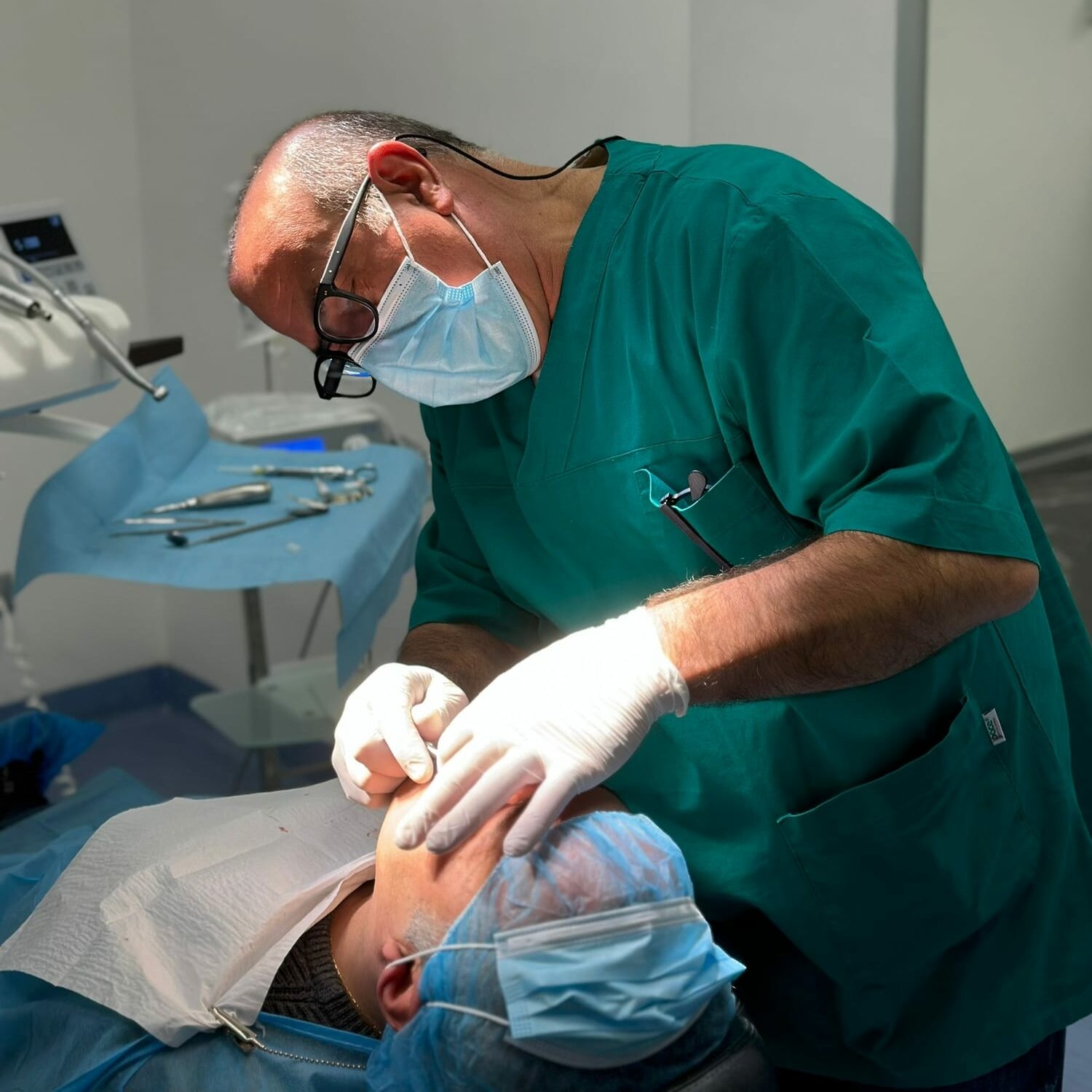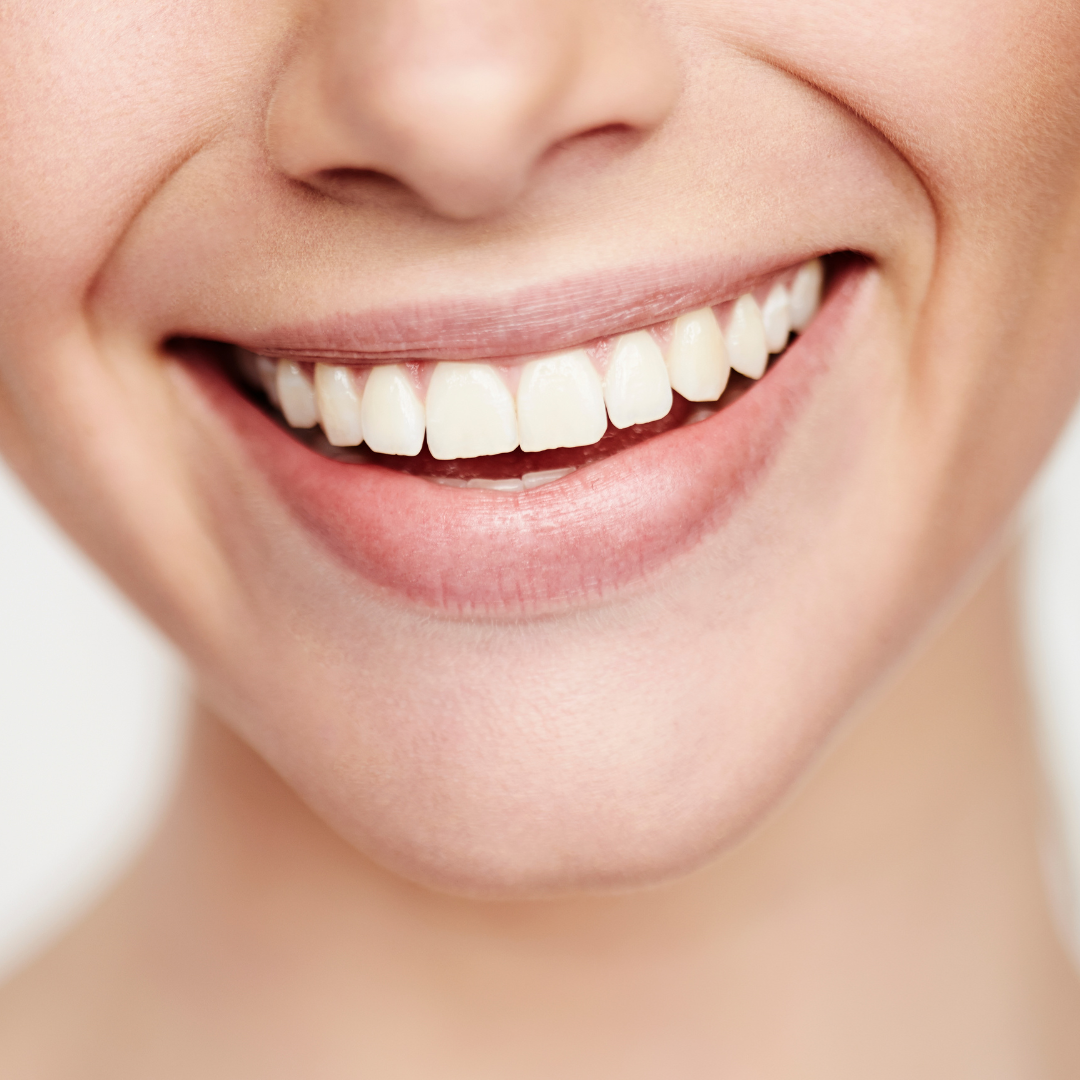Bruxism is a widespread disorder, just think that 15/20% of the adult population suffers from it, with direct consequences on smiling and chewing.
Those who grind their teeth can do it during the day (day bruxism) or at night (nocturnal bruxism). In the latter case, it is a real involuntary masticatory muscle activity that is exercised during sleep.
Effects of bruxism
The consequences of bruxism are various: first of all the wear of the teeth, then the pain, dysfunction of the temporomandibular joint and, in the long run, the modification of the volumes of the face (also due to the continuous stimulation of the muscles).
Precisely in the chewing process, masticatory and cervical muscles intervene which work together with the opening and closing of the jaw. This co-contraction of the face and neck muscles has been widely demonstrated in cases of voluntary chewing.
Nocturnal bruxism and muscle activity
But what happens during episodes of nocturnal bruxism and, therefore, of involuntary chewing?
Intermuscular (jaw and neck) co-contraction can also be expected to occur during the masticatory muscle activity phases of nocturnal bruxism. In fact, one particular cross-sectional observational study attempted to explore that possibility.
The study, published in the April 2020 Journal of Oral Rehabilitation, evaluated the co-activity between jaw movement and neck muscle contraction during nocturnal bruxism.
To detect electromyographic activity of jaw (masseter, temporalis) and neck (sternocleidomastoid, trapezius) muscles in individuals with established nocturnal bruxism, the authors used outpatient polysomnography (PSG).
Results of the study
It was precisely the co-contraction of the masseter-temporal, masseter-sternocleidomastoid and masseter-trapezius muscles that was analyzed and measured. «Were evaluated: presence or absence of significant co-contraction per episode (as a percentage), peak co-contraction frequency (FPC) per episode, and sleep stage».
Of a total of 632 episodes (with 16 PSGs from eight individuals) a significant co-contraction between the masticatory and neck muscles was found in 84.9%.
Conclusions
Therefore, it is possible to conclude – based on the data emerging from this study, which must be confirmed in other similar works – that even during nocturnal bruxism there is a co-contraction of the jaw and neck muscles, regardless of the sleep phase.
This analysis confirms the importance of a holistic approach that considers the upper body as a total neuromusculoskeletal system.

